Jewelry Anecdote
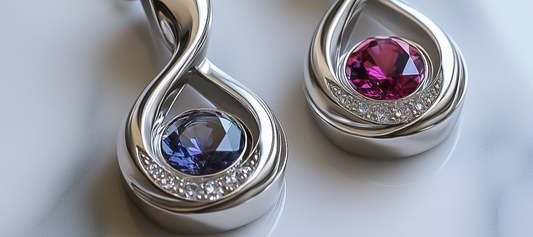
Jewelry Trends 2024: Stainless Steel
In 2024, stainless steel jewelry is characterized by trends focused on minimalism, nature-inspired designs, material blends, personalization, and color exploration. Surgical steel earrings are at the forefront of these trends, standing out...
Jewelry Trends 2024: Stainless Steel
In 2024, stainless steel jewelry is characterized by trends focused on minimalism, nature-inspired designs, material blends, personalization, and color exploration. Surgical steel earrings are at the forefront of these trends, standing out...
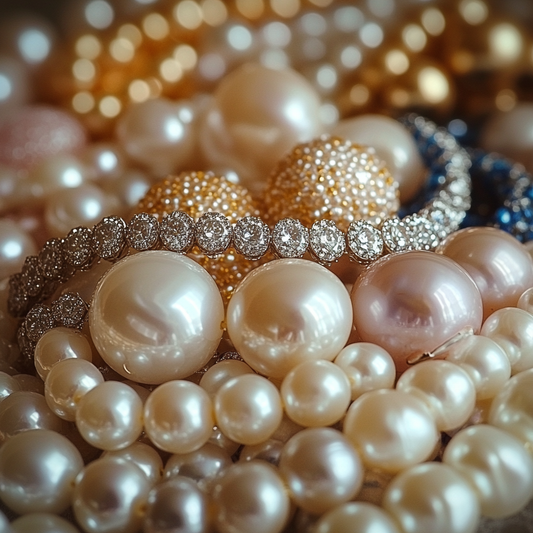
The Resurgence of Pearl Jewelry: Exploring Mode...
In recent years, pearl jewelry has evolved beyond its traditional image, embracing a range of contemporary design styles. Minimalist, geometric, and asymmetrical designs have become popular, along with the rise...
The Resurgence of Pearl Jewelry: Exploring Mode...
In recent years, pearl jewelry has evolved beyond its traditional image, embracing a range of contemporary design styles. Minimalist, geometric, and asymmetrical designs have become popular, along with the rise...

What is the Rarest Pearl?
This article delves into the world's rarest and most valuable pearls, highlighting varieties such as the Conch Pearl, Melo Melo Pearl, and others. Each pearl is unique in its color,...
What is the Rarest Pearl?
This article delves into the world's rarest and most valuable pearls, highlighting varieties such as the Conch Pearl, Melo Melo Pearl, and others. Each pearl is unique in its color,...
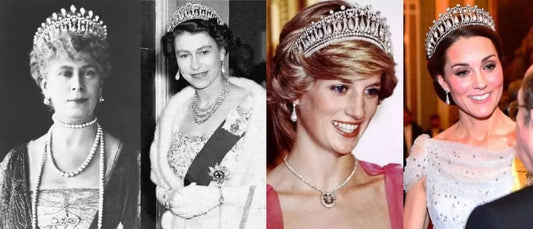
The Glory of Pearls in the West
Pearls, once male ornaments, symbolized power and status through the centuries. Worn by kings and emperors, they adorned crowns, scepters, and even sword hilts. Queen Elizabeth I famously elevated their...
The Glory of Pearls in the West
Pearls, once male ornaments, symbolized power and status through the centuries. Worn by kings and emperors, they adorned crowns, scepters, and even sword hilts. Queen Elizabeth I famously elevated their...
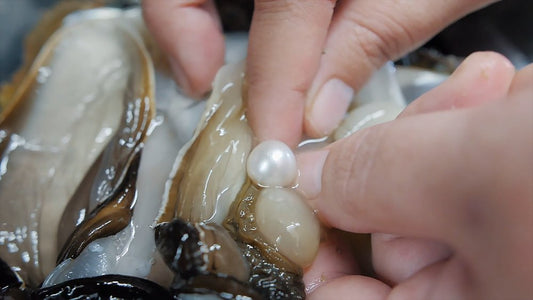
How Pearls Are Formed
Pearls are precious gems formed inside certain mollusks, such as oysters and clams. Their formation process is fascinating and intricate. It starts when foreign particles, like grains of sand or...
How Pearls Are Formed
Pearls are precious gems formed inside certain mollusks, such as oysters and clams. Their formation process is fascinating and intricate. It starts when foreign particles, like grains of sand or...
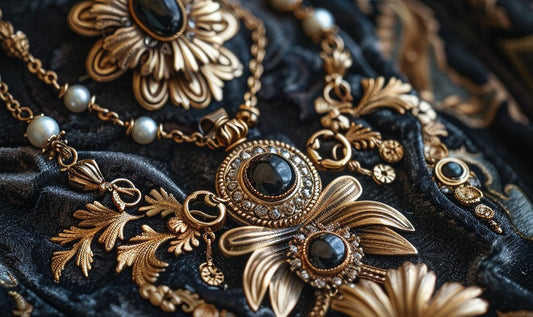
Jewellery through the ages
Throughout history, jewelry has evolved, reflecting cultural shifts and artistic trends. In the Classical Period (300 BCE - 476 CE), jewelry was characterized by religious motifs and crafted predominantly from...
Jewellery through the ages
Throughout history, jewelry has evolved, reflecting cultural shifts and artistic trends. In the Classical Period (300 BCE - 476 CE), jewelry was characterized by religious motifs and crafted predominantly from...
